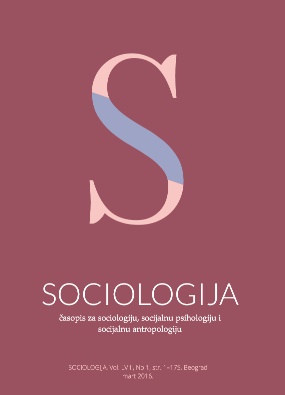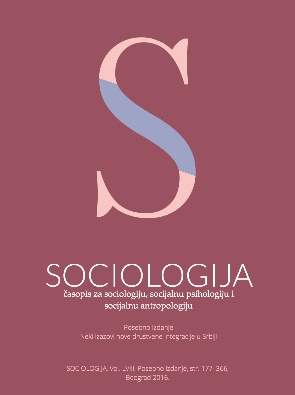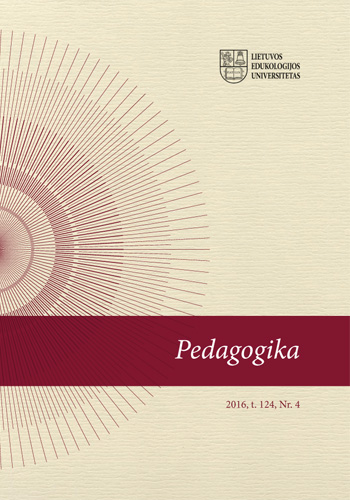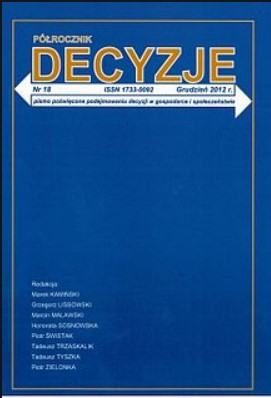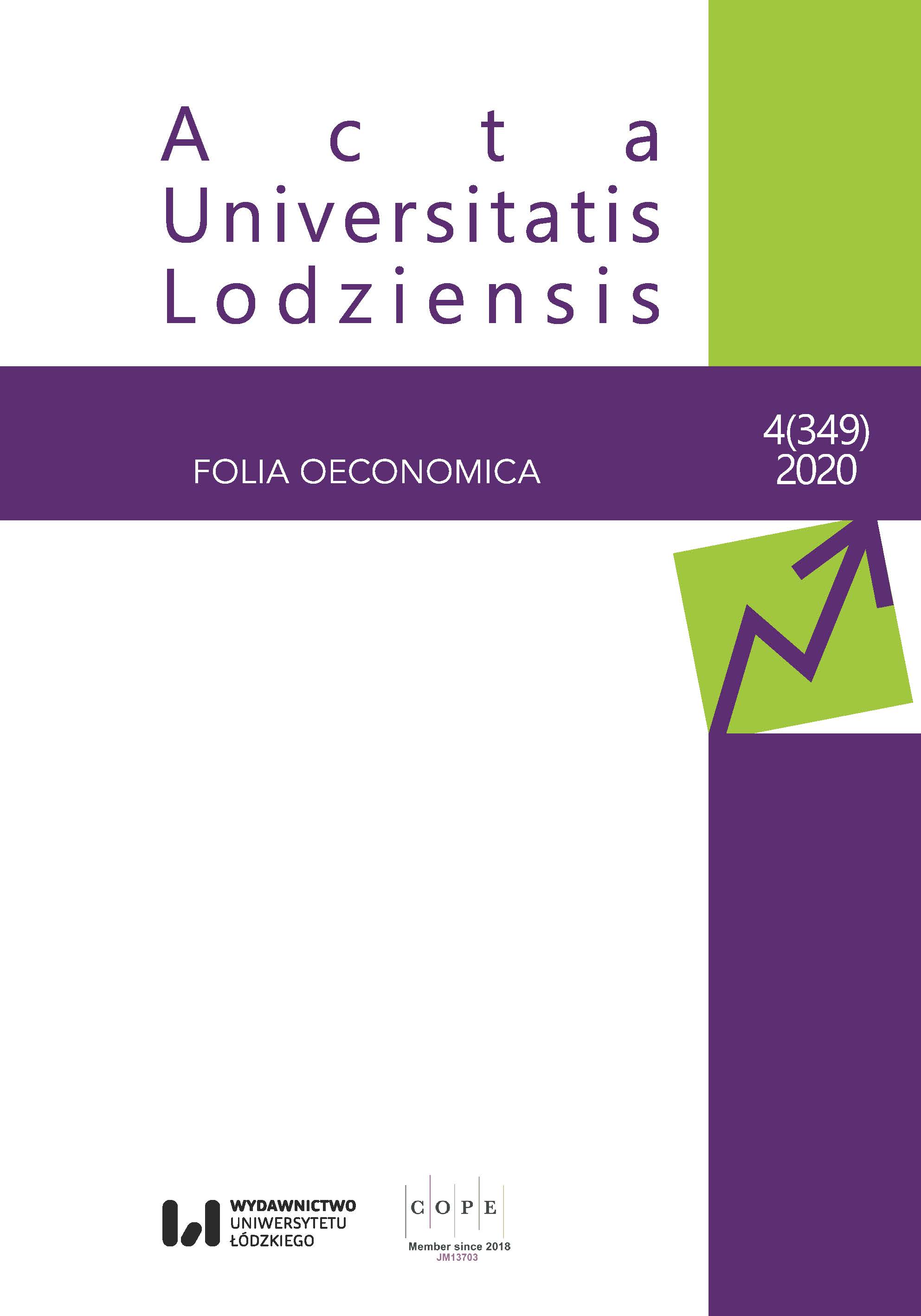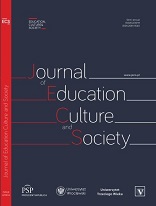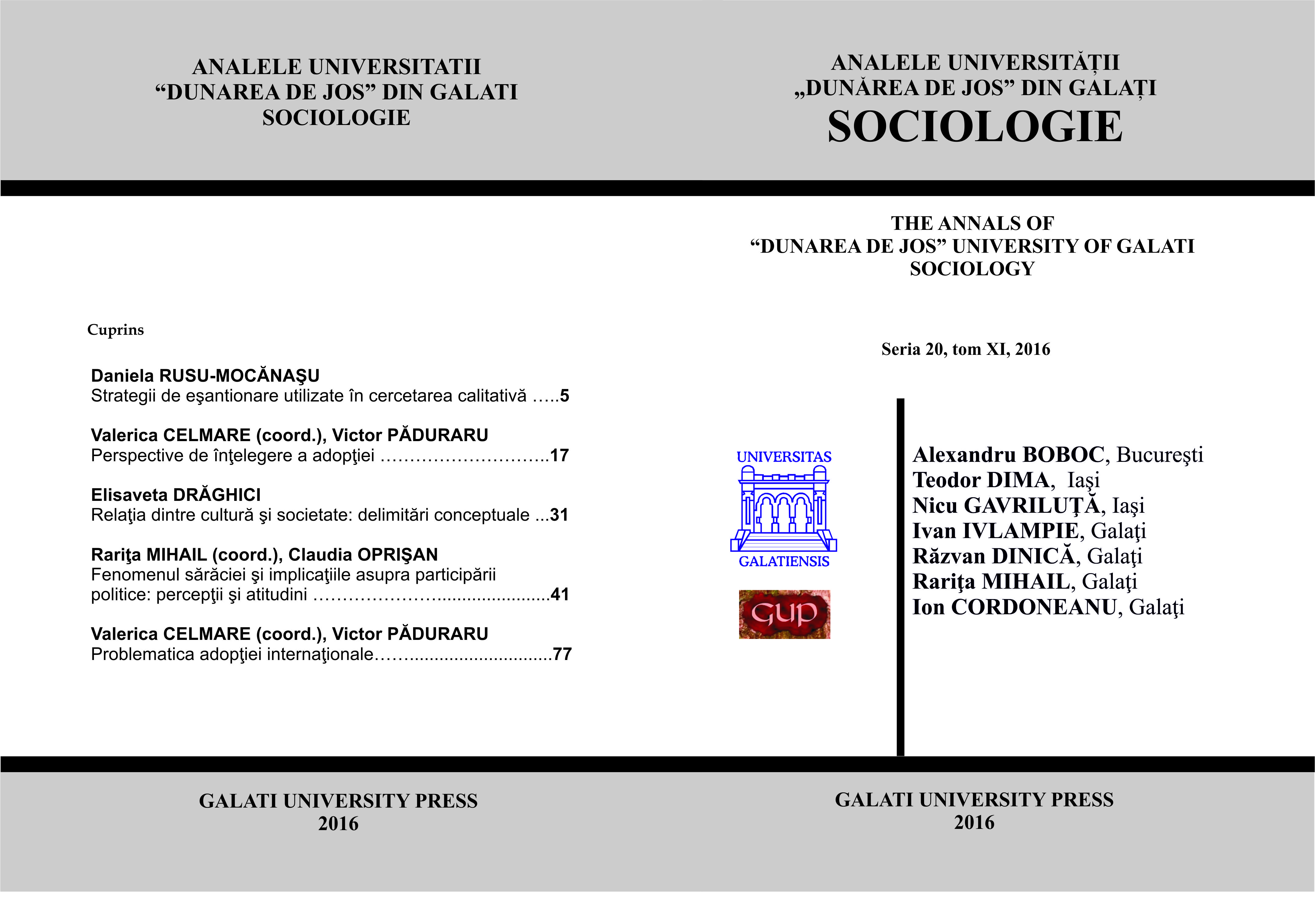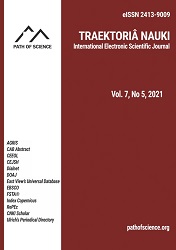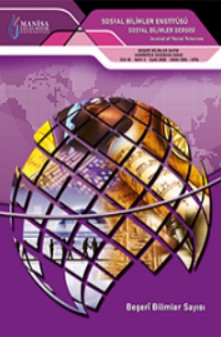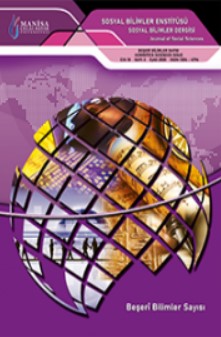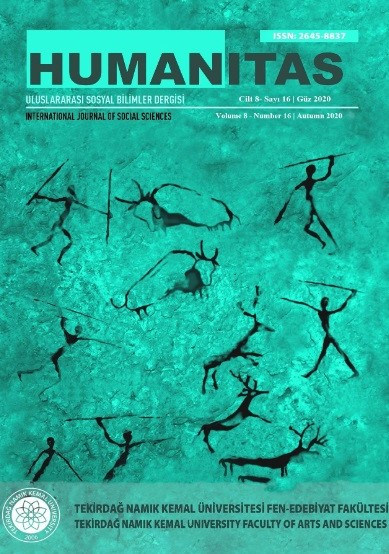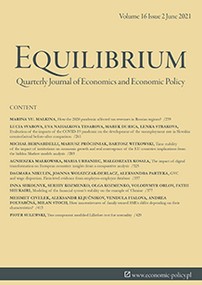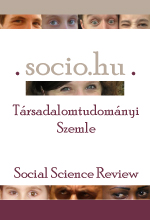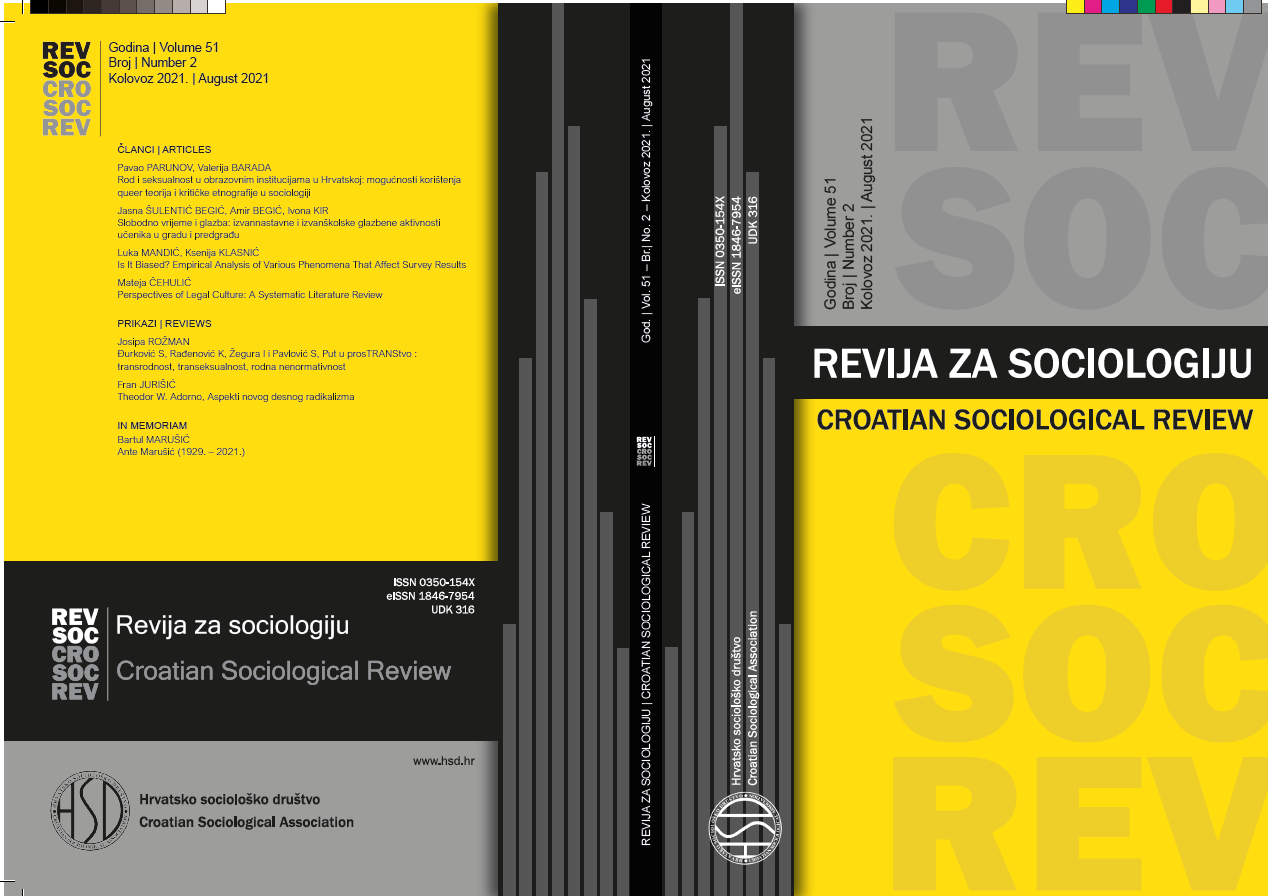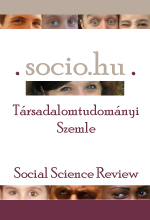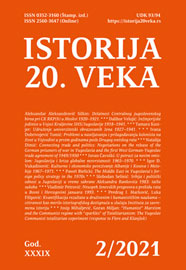Author(s): Piotr Sulewski / Language(s): English
Issue: 2/2021
Research background: Commonly known and used parametric tests e.g. Student, Behrens–Fisher, Snedecor, Bartlett, Cochran, Hartley tests are applicable when there is an evidence that samples come from the Normal general population. What makes things worse is that testers are not fully aware in what degree of abnormality distorts results of parametric tests listed above and suchlike. So, it is no exaggeration to say that testing for normality (goodness-of-fit testing, GoFT) is a gate to proper parametric statistical reasoning. It seems that the gate opens too easily. In other words, most popular goodness-of-fit tests are weaker than statisticians want them to be. Purpose of the article: The main purpose of this paper is to put forward the GoFT that is, in particular circumstances, more powerful than GoFTs used until now. The other goals are to define a similarity measure between an alternative distribution and the normal one and to calculate the power of normality tests for a big set of alternatives. And, of course, to interest statisticians in using the GoFTs in their practice. Method: There are two ways to make GoFT more powerful: extensive and intensive one. The extensive method consists in drawing large samples. The intensive method consists in extracting more information from mall samples. In order to make the test method intensive, the test statistics, as distinct from all existing GoFTs, has two components. The first component (denoted by Δ) is a classic Kolmogorov / Lilliefors test statistics i.e. the greatest absolute difference between theoretical and empirical cumulative distribution functions. The second component is the order statistics (r) at which the Δ_max^((r) ) locate itself. Of course Δ_max^((r)) is the conditional random variable with (r) being the condition. Large scale Monte Carlo simulations provided data sufficient to in-depth study of properties of distributions of Δ_max^((r) ) random variable. Findings & value-added: Simulation study shows that the Two Component Modified Lilliefors test for normality is the most powerful for some type of alternatives, especially for the symmetrical, unimodal and bimodal distributions with positive excess kurtosis, for symmetrical and unimodal distributions with negative excess kurtosis and small sample sizes. Due to the values of skewness and excess kurtosis, and the defined similarity measure between the ND and an alternative, alternative distributions are close to the normal distribution. Numerous examples of real data show the usefulness of the proposed GoFT.
More...

